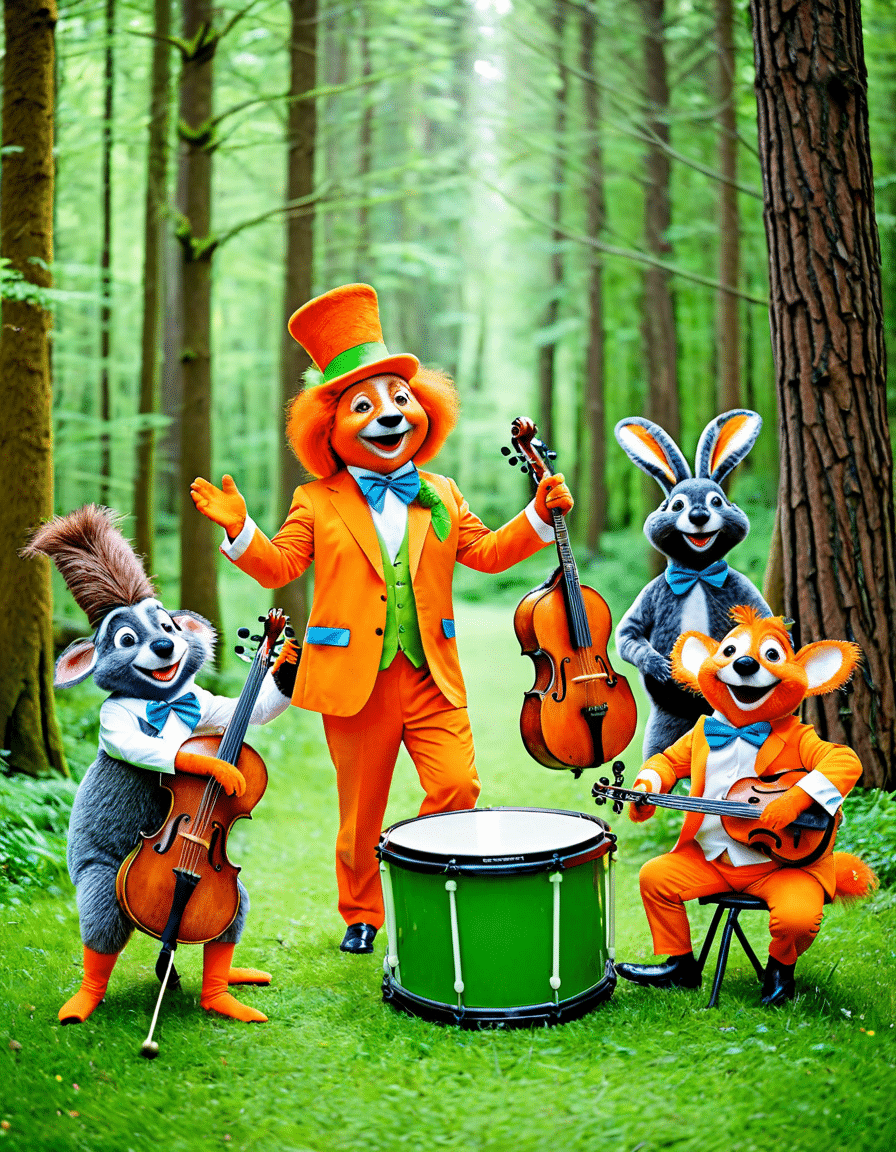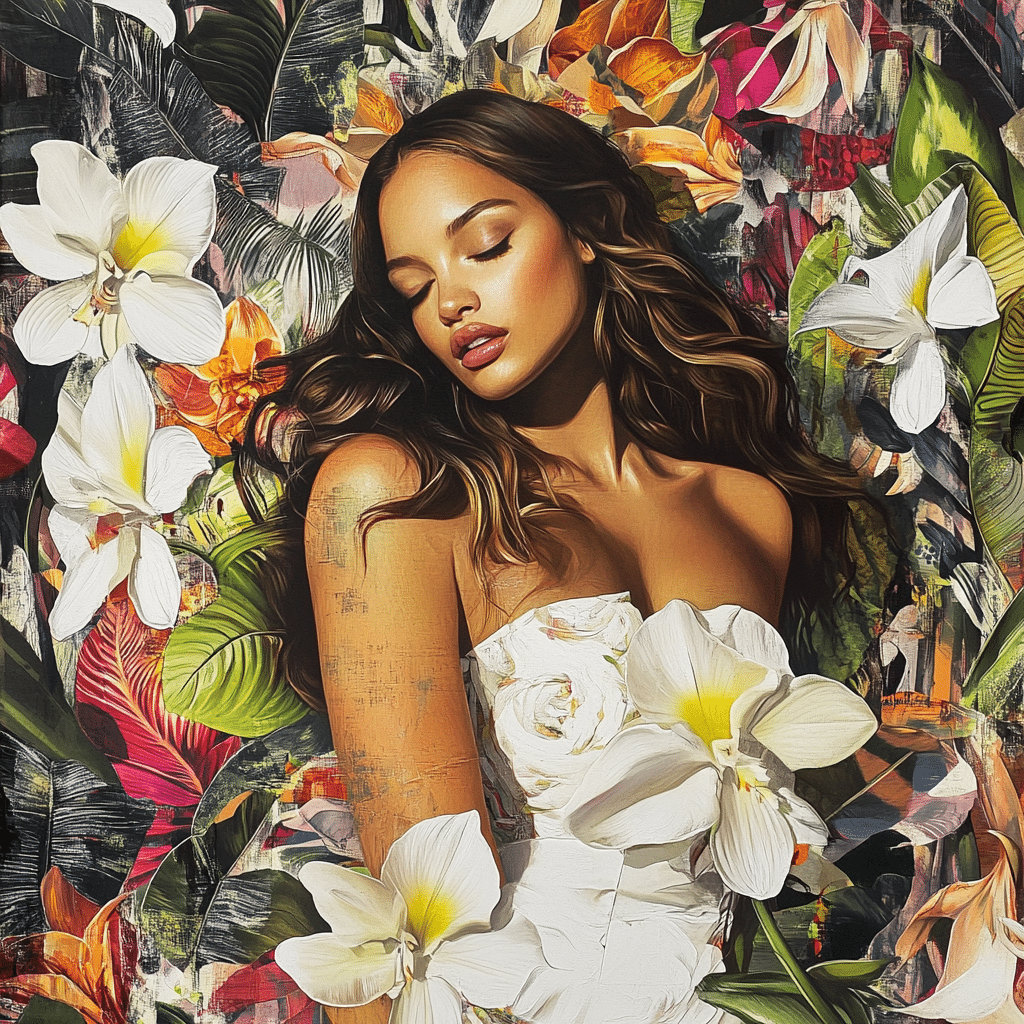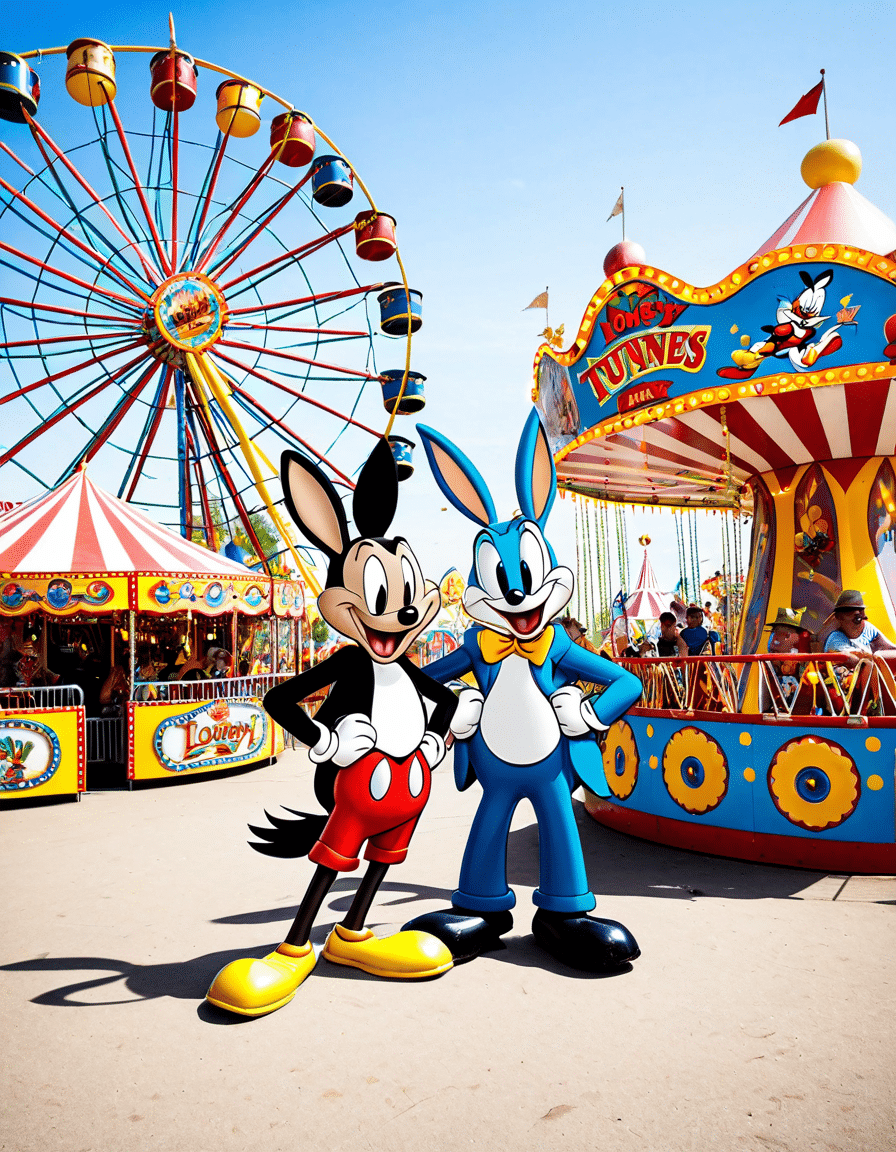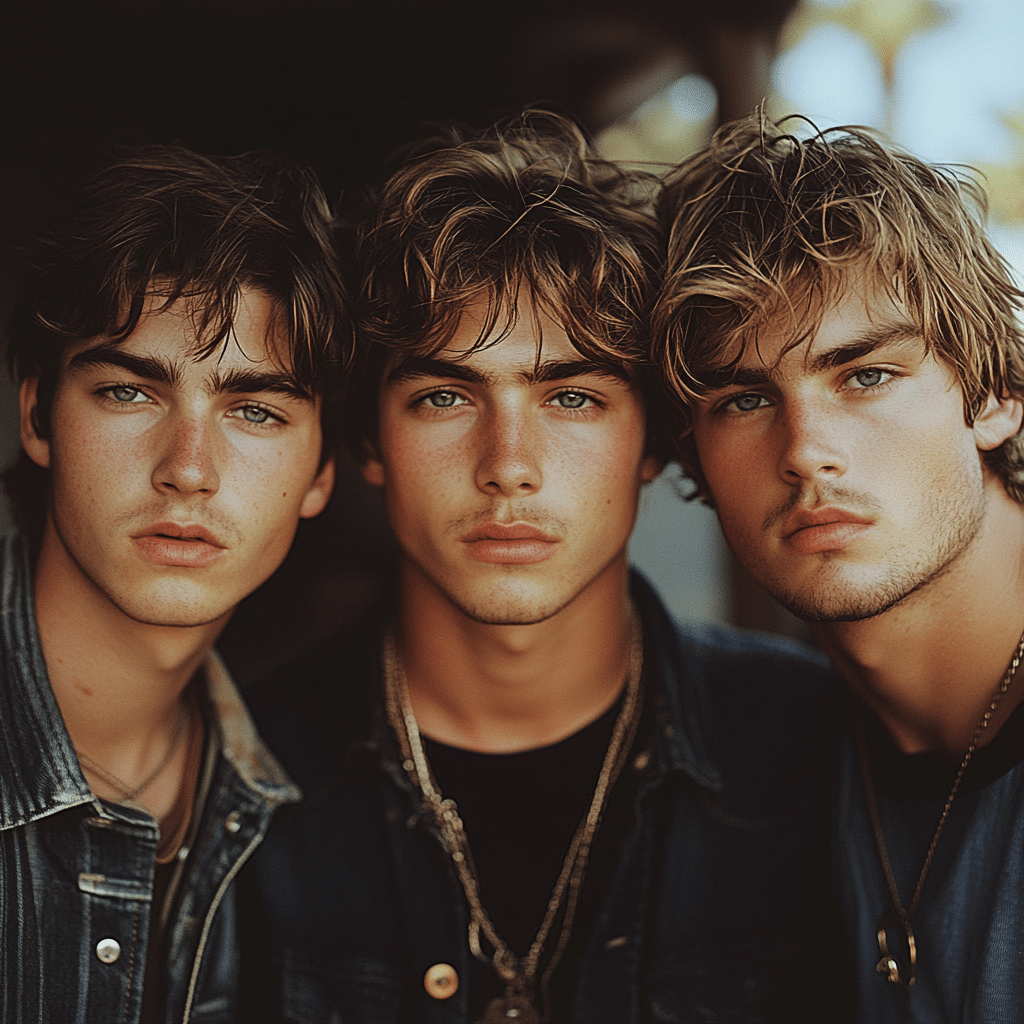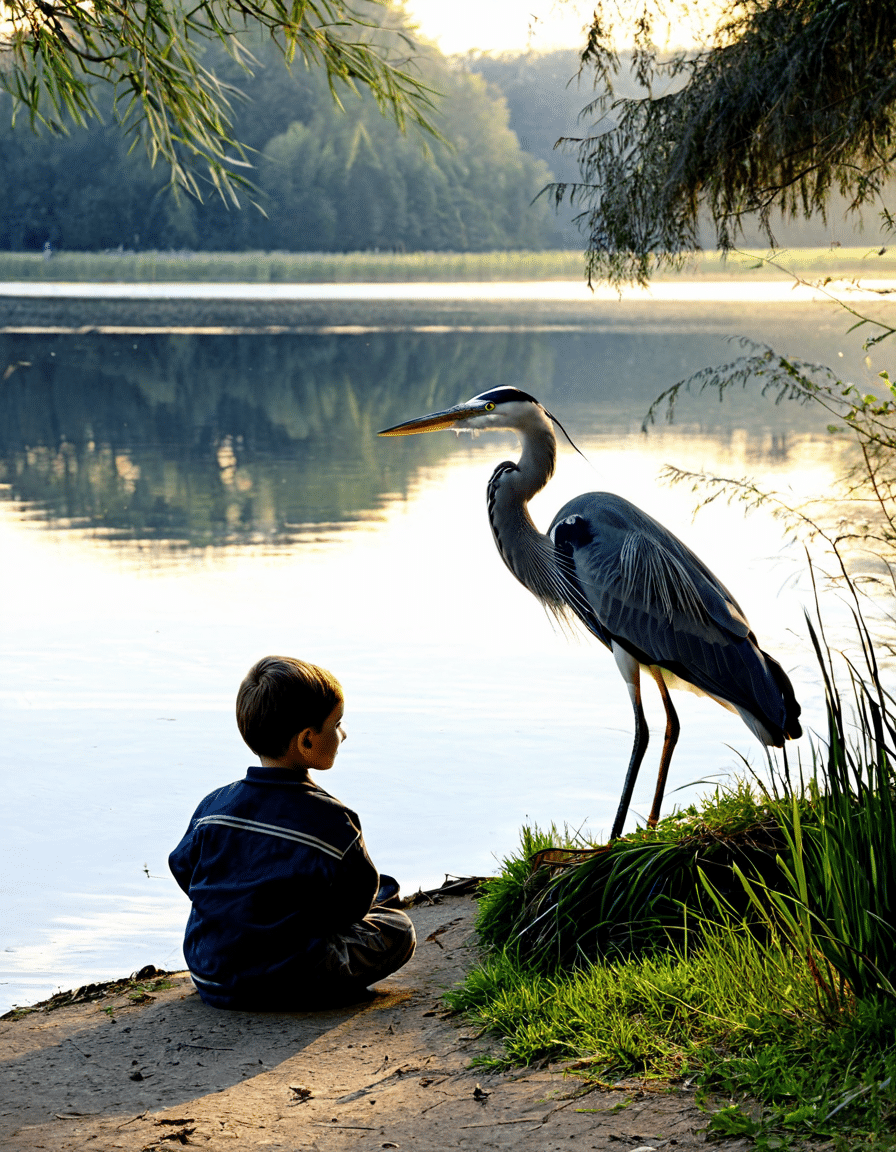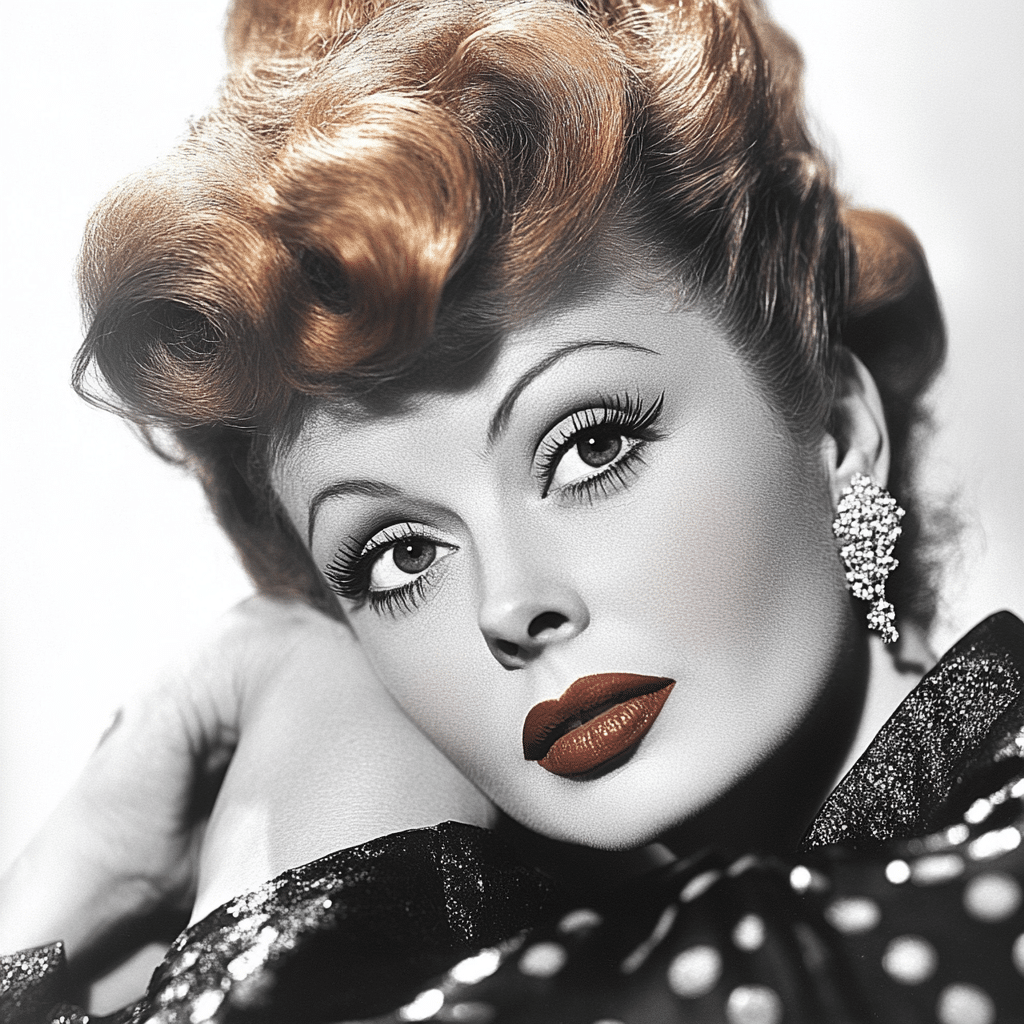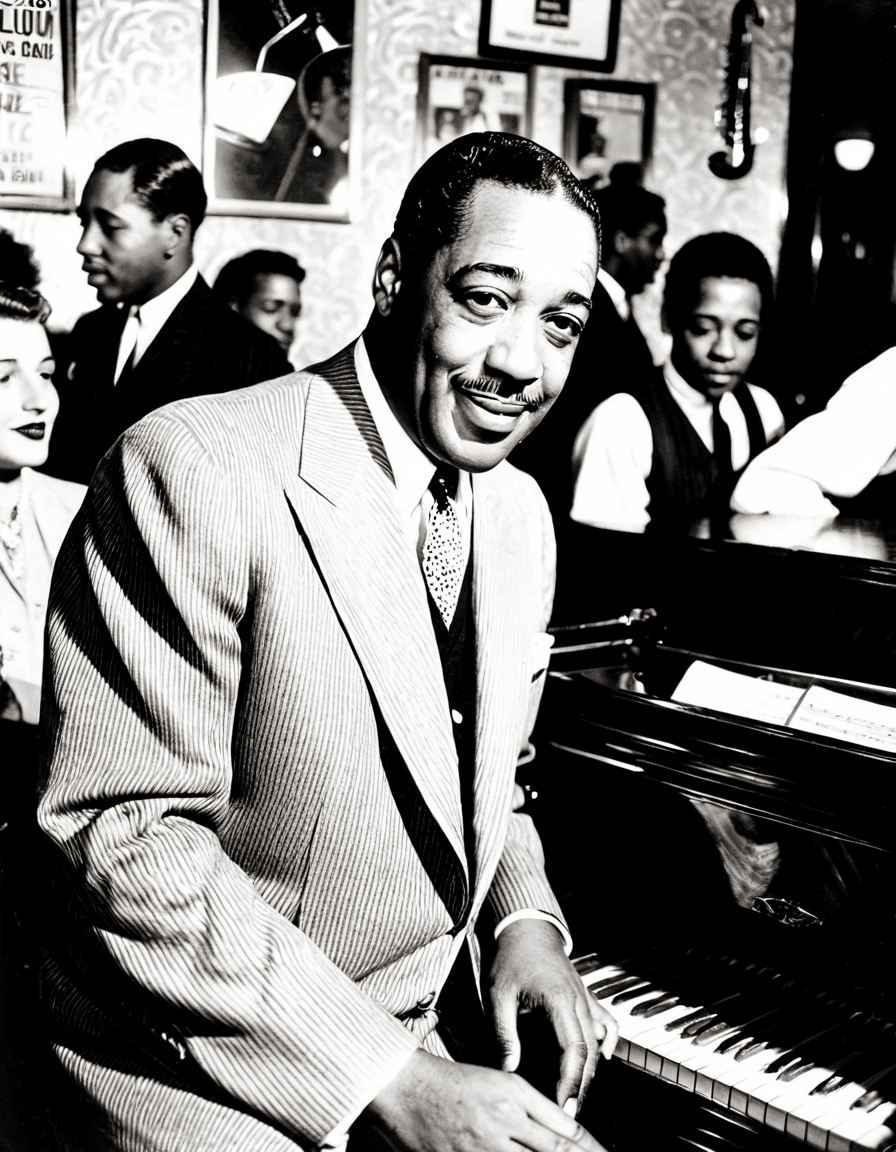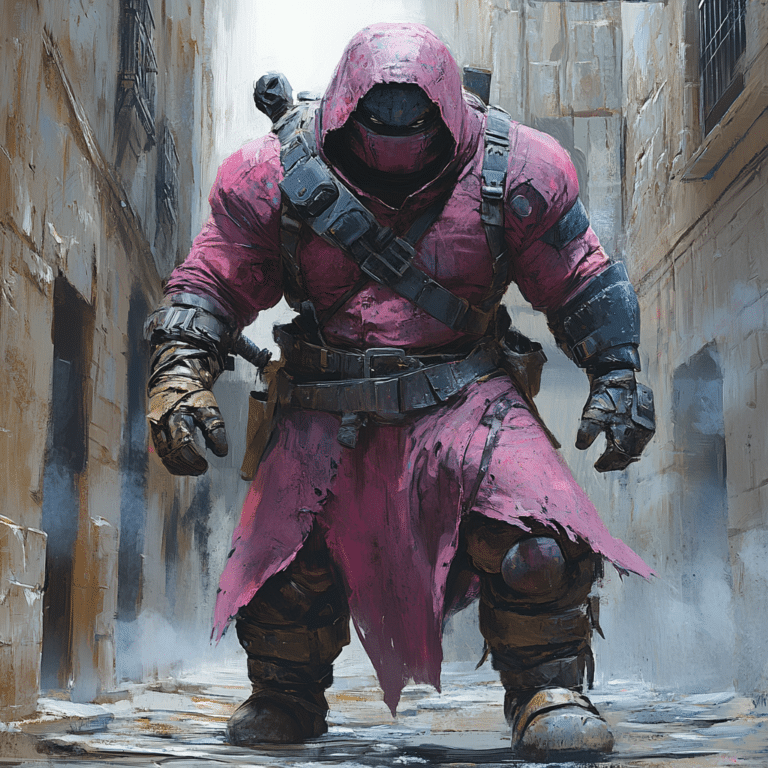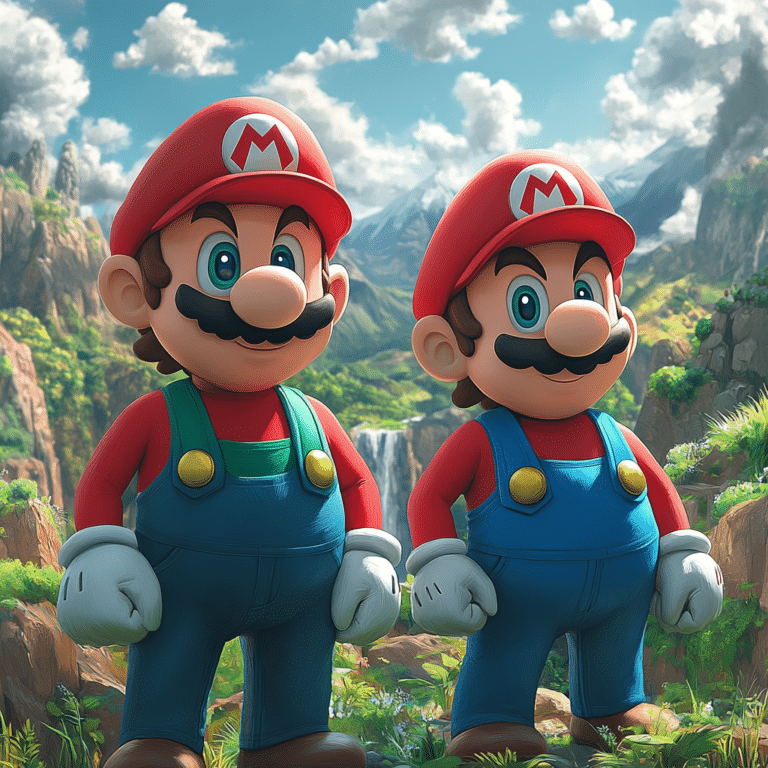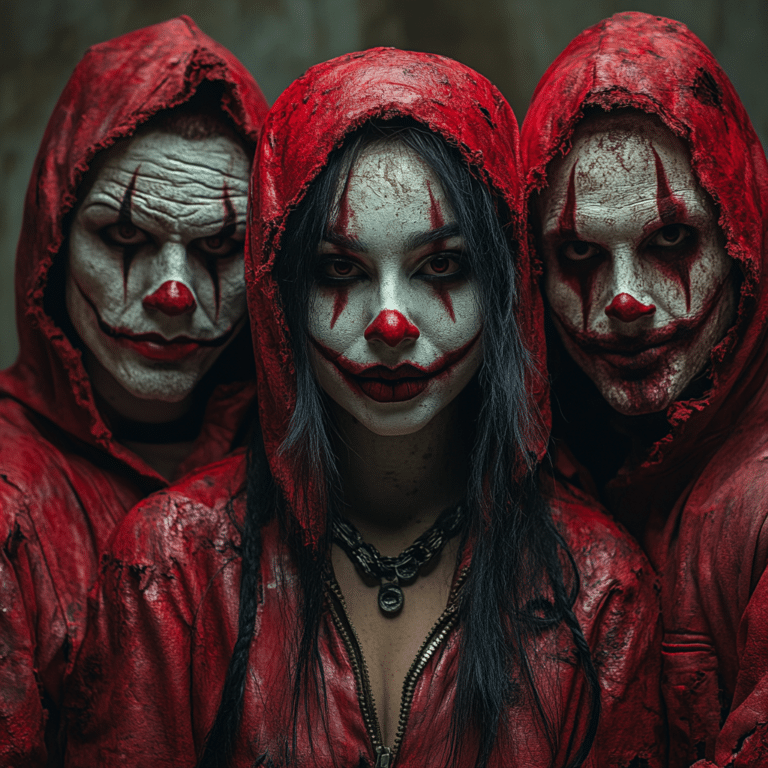In the pantheon of beloved characters, few can match the charm and whimsy of the Oompa Loompas from Roald Dahl’s “Charlie and the Chocolate Factory.” With their vibrant orange skin, quirky dances, and unforgettable songs, these little creatures have transcended their fictional origins to become symbols of imagination and creativity. That’s right, the Oompa Loompas aren’t just figments of a child’s fantasy—they hold a significant place in modern culture that deserves a closer look. So, grab your golden ticket and let’s dive into the extraordinary world of Oompa Loompas!
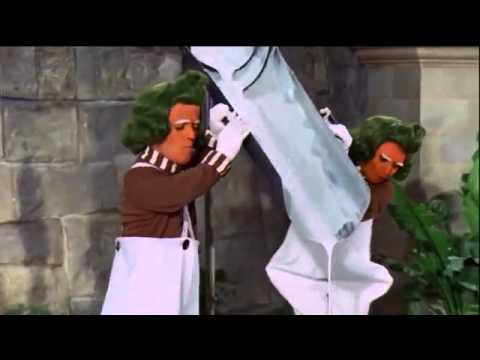
7 Reasons Oompa Loompas Continue to Captivate Audiences

1. Musical Masters
Who doesn’t love a catchy tune? The Oompa Loompas are known for their delightful songs that cleverly highlight moral lessons. From the classic 1971 film featuring Gene Wilder, where their infectious tunes provided a dose of whimsy, to Tim Burton’s 2005 version with Johnny Depp, their songs continue to echo in our memories. Each song serves as a fun yet pointed critique of the children’s behavior, a testament to Roald Dahl’s masterful storytelling. Contemporaries, such as The Beatles and even artists in the modern pop scene, have taken inspiration from the Oompa Loompas, attesting to their far-reaching musical influence.
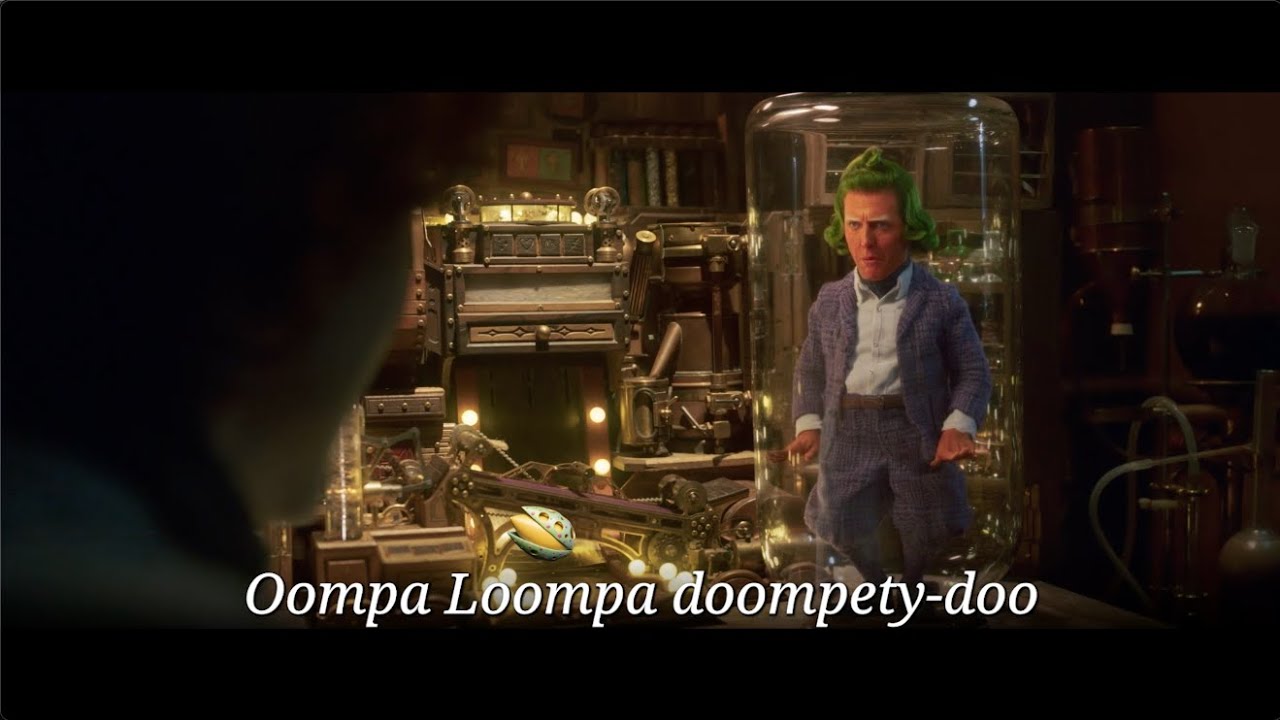
2. Symbol of Childhood Fantasy
Every kid dreams of magic, and the Oompa Loompas embody that spark of wonder. With their silly antics and fantastical traits, they ignite creativity not only in the narrative but also in real life. Think about those themed birthday parties where everything is decked out in Wonka colors, or even LEGO sets that offer kids a chance to construct their own chocolate paradise. Whether through unique celebrations or imaginative projects, Oompa Loompas fuel a child’s sense of possibility.
3. Commentary on Society
Beneath their playful appearance lies a profound social commentary. The Oompa Loompas often sing about the consequences of greed, arrogance, and lack of self-control, making them a perfect tool for moral discussions in classrooms. Teachers and parents have utilized Oompa Loompas to illustrate valuable life lessons: don’t be rude, share your treats, and above all, don’t be a brat! Their songs inject doses of humor into stern lessons, making them a memorable teaching moment.
4. Impact on Film and Television
The visual representation of Oompa Loompas has also gone through significant changes. The nostalgic look from the 1971 film tends to evoke a sense of comfort and familiarity, while Burton’s CGI reinterpretation brought them into the modern era, showcasing the evolution of animation technology. Their memorable presence has sparked parodies and nods across a multitude of shows, including The Simpsons and Family Guy, proving that you can’t escape the iconic legacy of the Oompa Loompa, no matter how hard you try!
5. Merchandising Phenomenon
These little guys have turned into marketing gold! From plush toys to Oompa Loompa candies, they’ve manifested into a major merchandising wave. For instance, brands like Nestlé have rolled out chocolate bars featuring these whimsical characters, tapping into nostalgia while introducing this charm to a fresh audience. Oompa Loompa-themed merchandise isn’t just limited to treats; you’ll find everything from apparel to collectibles—it’s practically impossible to swipe left on these cuties.
6. Inspirations for Other Creatures
Oompa Loompas have not only left their mark on their own story but have inspired a whole host of other fantastical beings across various media. For example, the quirky nature of Oompa Loompas can be seen reflected in the diverse races of beings in J.R.R. Tolkien’s The Hobbit. You can connect the dots between these imaginative creatures and their impact on storytelling, illustrating how they’ve laid the groundwork for new generations of fantastical beings.
7. Diversity and Representation
In today’s world, the conversation about diversity and representation is more important than ever. Oompa Loompas offer a glimpse into a unique culture from Loompaland, and discussions about their portrayal have opened doors for inclusivity in children’s literature. Recent adaptations have taken a more thoughtful approach in how they depict Oompa Loompas, ensuring that they represent various cultural backgrounds while staying true to the heart of the original narrative.

The Everlasting Magic of Oompa Loompas
The Oompa Loompas symbolize a delightful fusion of creativity, moral storytelling, and timeless entertainment. As they evolve with new adaptations, merchandise, and cultural interpretations, their essence continues to remind us of the importance of imagination and wisdom. With their catchy tunes and uplifting moral lessons, Oompa Loompas illustrate the extraordinary impact of iconic creatures in shaping our understanding of childhood and morality.
If you’ve ever found joy in a whimsical song or lesson wrapped in a sugary treat, you’ve experienced the magic of Oompa Loompas! So, the next time you bite into something sweet, remember that the fantastical world of these little orange-skinned wonders holds a little bit of magic for everyone. And hey, if you’re curious about other engaging stories and characters in pop culture, check out more as we explore everything from the latest buzz to the unexpected news about celebs like Nikki Sixx or Justin Bieber to the surprising political emergence of figures such as Volodymyr zelenskyy. It’s a thrilling ride in the world of entertainment, and you won’t want to miss a beat!

Oompa Loompa: The Quirky Creatures of Candy Land
A Bit of Background on Oompa Loompas
Oompa Loompas first burst onto the scene in Roald Dahl’s beloved book, “Charlie and the Chocolate Factory.” These delightful little folk have a knack for singing catchy tunes and tend to be the unsung heroes of Willy Wonka’s chocolate empire. But did you know their origins are steeped in a certain level of controversy? Originally, Dahl described them as African pygmies, which sparked quite a bit of debate and prompted significant changes over the decades. This even echoes the way audiences feel about classic duos like Cheech And Chong, where cultural representation can stir conversations (check out their iconic stoner comedy!).
The Oompa Loompa Legacy
In the 1971 movie adaptation, the Oompa Loompas, famously played by actor and musician Gene Wilder’s sidekick, helped set a quirky tone for the film. The green-haired, orange-skinned creatures became a symbol of whimsy, and their nonsensical rhymes captured the hearts of many. This sort of playful creativity can be likened to the family-friendly hilarity found in shows like The Cosby show, showcasing how unique characters can leave an indelible mark. Oh, and if you’re ever wondering about their influence on pop culture, it’s as noteworthy as the buzz surrounding What Happened To Justin bieber—always a hot topic!
Fun Facts and Trivia
Did you know that the original Oompa Loompa songs from the 1971 movie were all performed by a single actor, Barry Mason? Talk about talent! Plus, their catchy tunes tackle moral lessons that resonate with kids and adults alike. Occasionally, these colorful characters pop up not just in film but also in various events, including the infamous feud vibes, reminiscent of the latest buzz in Celeb gate discussions. They remind us of our youth, injecting fun and moral teachings into chocolate-fueled fantasy. So, whether you’re munching on red Fruits or dreaming of sweeter days, the Oompa Loompa legacy remains a delightful distraction! If you’re curious about how the Oompa Loompas would fare in the cutthroat world of sports, consider the outcome of an imaginary match like RB Leipzig Vs Real madrid—imagine those little guys weaving through defenders, chocolate bars in hand!
